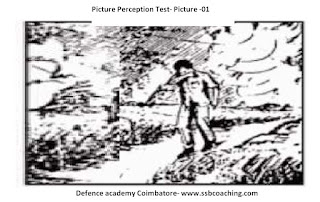Sainik School New pattern Class IX
Defence Academy Coimbatore
A leading coaching academy for
Sainik, Military and RIMC Schools,
NDA, IMA, AFCAT
SSB, FSB Interview
http://www.ssbcoaching.com
call 094437 20076
Question 1
Back to Top
Question: Light is a form of energy produced by a ______.
| 1. | luminous object |
| 2. | transparent object |
| 3. | non-luminous object |
| 4. | opaque object |
Answer: 1
Question 2
Back to Top
Question: An example for non-luminous object is ___________.
| 1. | a candle |
| 2. | the sun |
| 3. | an electric bulb |
| 4. | the moon |
Answer: 4
Question 3
Back to Top
Question: The phenomenon by which the incident light falling on a surface is sent back into the same medium is known as ________.
| 1. | polarization |
| 2. | reflection |
| 3. | refraction |
| 4. | absorption |
Answer: 2
Question 4
Back to Top
Question: When light is incident on a polished surface ___________ reflection takes place.
| 1. | regular |
| 2. | irregular |
| 3. | diffused |
| 4. | normal |
Answer: 1
Question 5
Back to Top
Question: An object becomes invisible when it undergoes ______ reflection.
| 1. | regular |
| 2. | irregular |
| 3. | diffused |
| 4. | normal |
Answer: 1
Question 6
Back to Top
Question: According to the laws of reflection,
| 1. | |
| 2. | |
| 3. | |
| 4. |
Answer: 1
Question 7
Back to Top
Question: The image formed by a plane mirror is always _______.
| 1. | real and erect |
| 2. | virtual and erect |
| 3. | real and inverted |
| 4. | virtual and inverted |
Answer: 2
Question 8
Back to Top
Question: The centre of the sphere of which the spherical mirror forms a part is called ____________.
| 1. | centre of curvature |
| 2. | focus |
| 3. | pole |
| 4. | vertex |
Answer: 1
Question 9
Back to Top
Question: The focus of a concave mirror is ________.
| 1. | real |
| 2. | virtual |
| 3. | undefined |
| 4. | at the pole |
Answer: 2
Question 10
Back to Top
Question: A converging mirror is known as ________.
| 1. | convex mirror |
| 2. | plane mirror |
| 3. | concave mirror |
| 4. | cylindrical mirror |
Answer: 3


Comments
Post a Comment